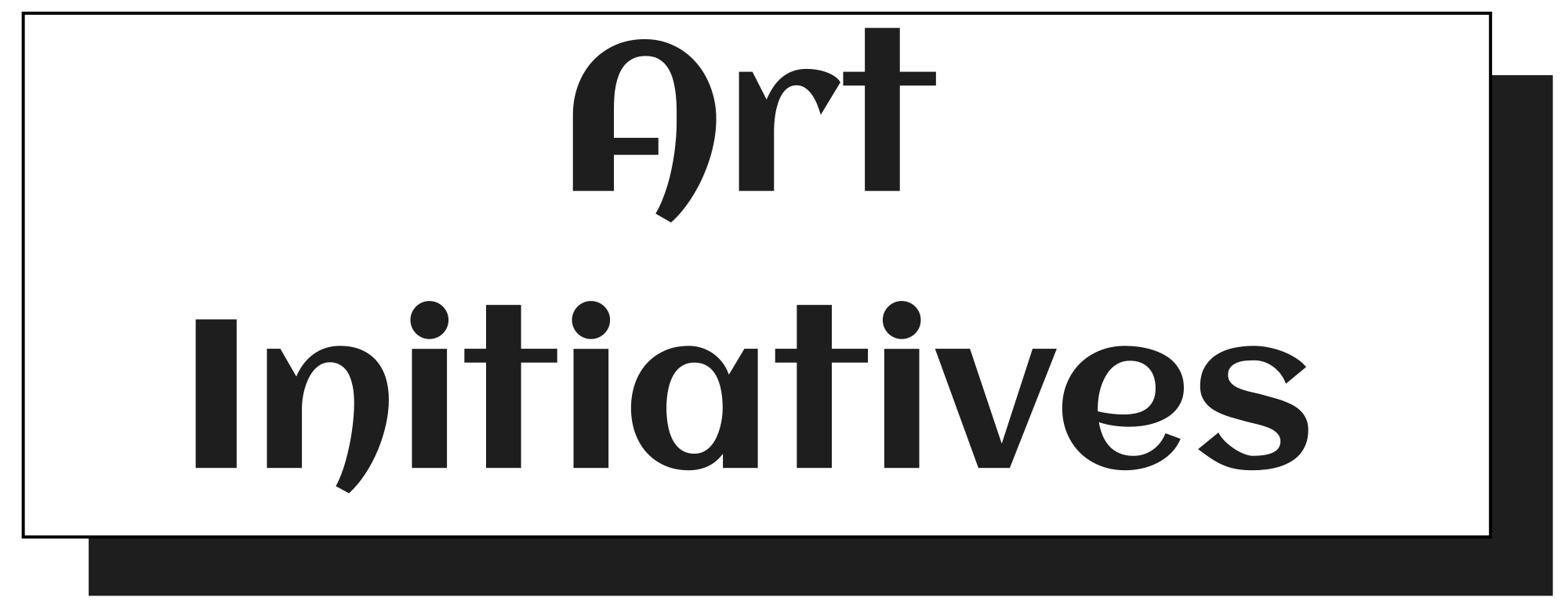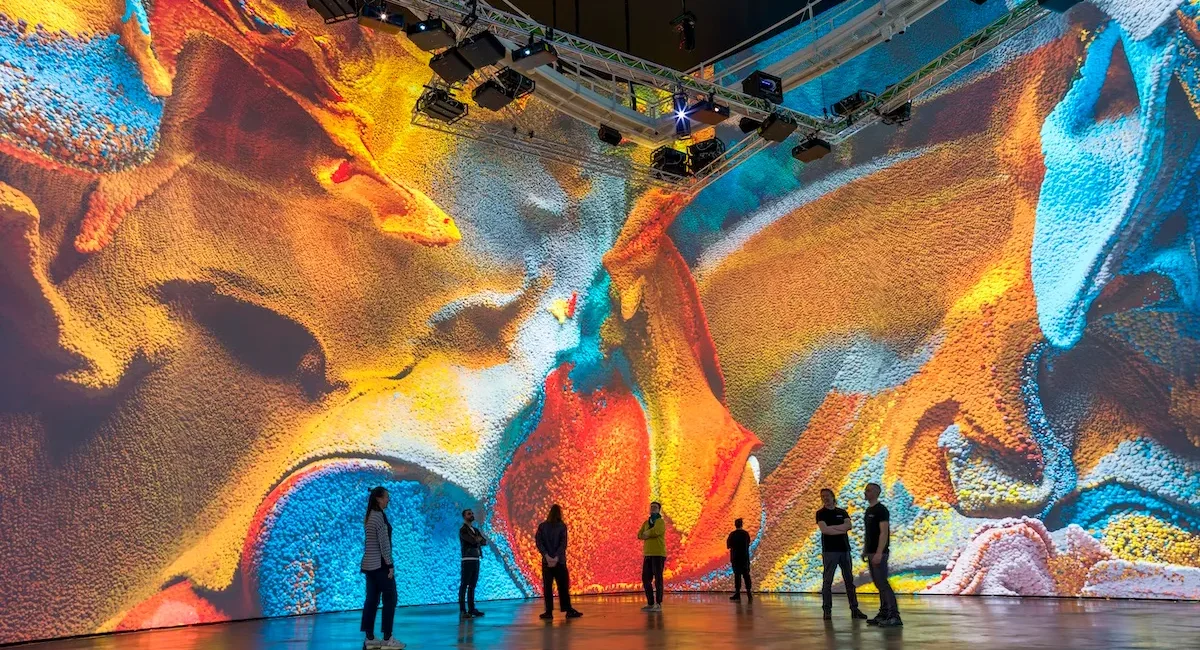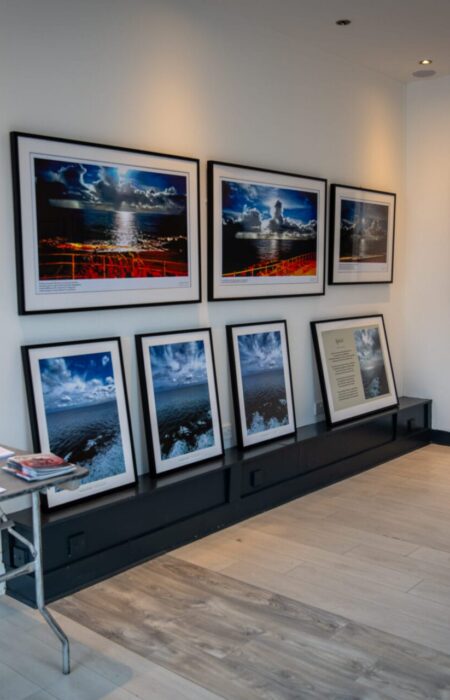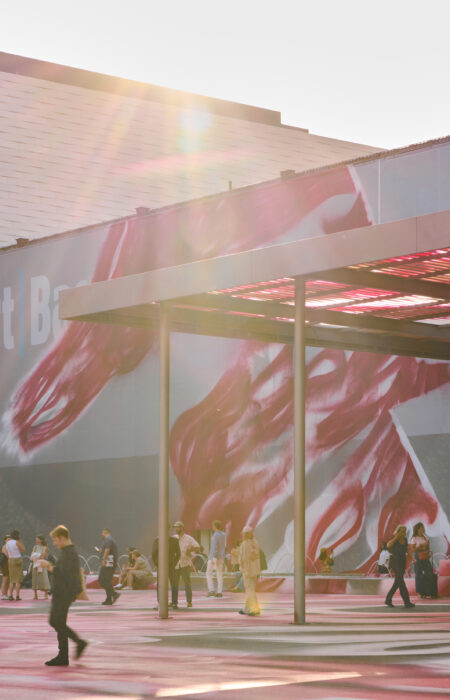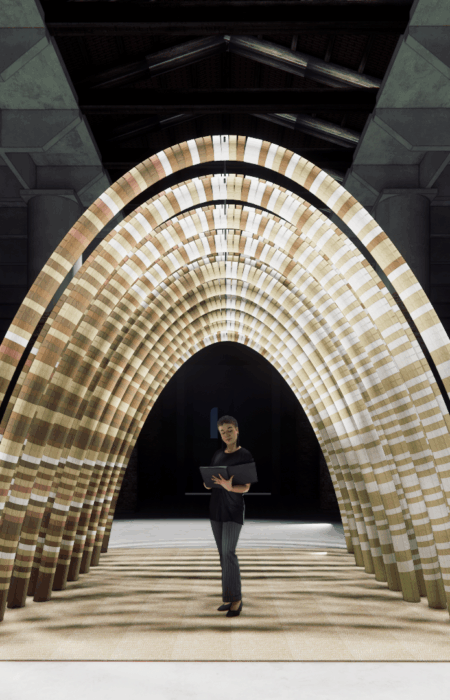Refik Anadol, inspired by Mark Rothko, unveiled his latest AI-powered creation, Living Architecture: Gehry, at the Guggenheim Bilbao last week. The work is an artificial intelligence-driven reimagining of Frank Gehry’s iconic architectural style.
During the exhibition’s opening press conference, Anadol shared, “I’m hoping this artwork not only addresses technology but also explores where we’re headed.” He referenced Rothko, quoting, “My work is a place,” though the quote he meant to reference likely came from Rothko’s statement, “A painting is not a picture of an experience, but is the experience.” The core idea was clear: Anadol aims for the piece to be transformative and immersive. “The museum brings us together in a physical world,” he continued. “Instead of feeling alone and disconnected, we are united here.”
Over the past decade, Anadol has made a name for himself by bringing artificial intelligence into the world of art. His work has included projecting digital art onto architectural landmarks such as Casa Batlló in Barcelona and the Walt Disney Concert Hall in Los Angeles, transforming these static structures into dynamic canvases. One of his standout works, Unsupervised – Machine Hallucinations – MoMA (2022), utilized a machine-learning model to reinterpret and project images from the Museum of Modern Art’s collection onto a massive 24-foot LED wall. The exhibit captivated nearly three million visitors and cemented Anadol’s place in the art world. Now, the Guggenheim Bilbao hopes that Living Architecture: Gehry will achieve similar success.
“Living Architecture: Gehry” Kicks Off Guggenheim Bilbao’s “In Situ” Series
Living Architecture: Gehry marks the launch of the Guggenheim Bilbao’s new “in situ” series, introduced by curator Lekha Hileman Waitoller, aimed at inspiring artists to explore the unique qualities of the museum’s Gallery 208.
“It’s a very challenging space to tackle,” Waitoller explained to ARTnews, referring to the gallery’s curved walls and soaring ceilings. “It can either overwhelm the artwork or make it shine. Each artist has to figure out how to work with what the space offers.” Anadol’s invitation to create a site-specific piece was a natural choice, according to Waitoller. “The architecture is the foundation of the series, and Anadol really embraced that, approaching it in the most direct way possible.”
The result is an innovative audiovisual installation designed specifically for the Gehry-designed museum. With Gehry’s personal approval and a data model developed from over 35 million reference images, plans, and structural documents from Gehry’s buildings worldwide, the work takes visitors through six interconnected chapters. The AI transforms the dataset through complex pattern recognition, creating abstract and hallucinatory visual journeys. The final chapter, titled “Dreams,” offers a kaleidoscopic experience where the AI imagines entirely new architectural forms in real-time.
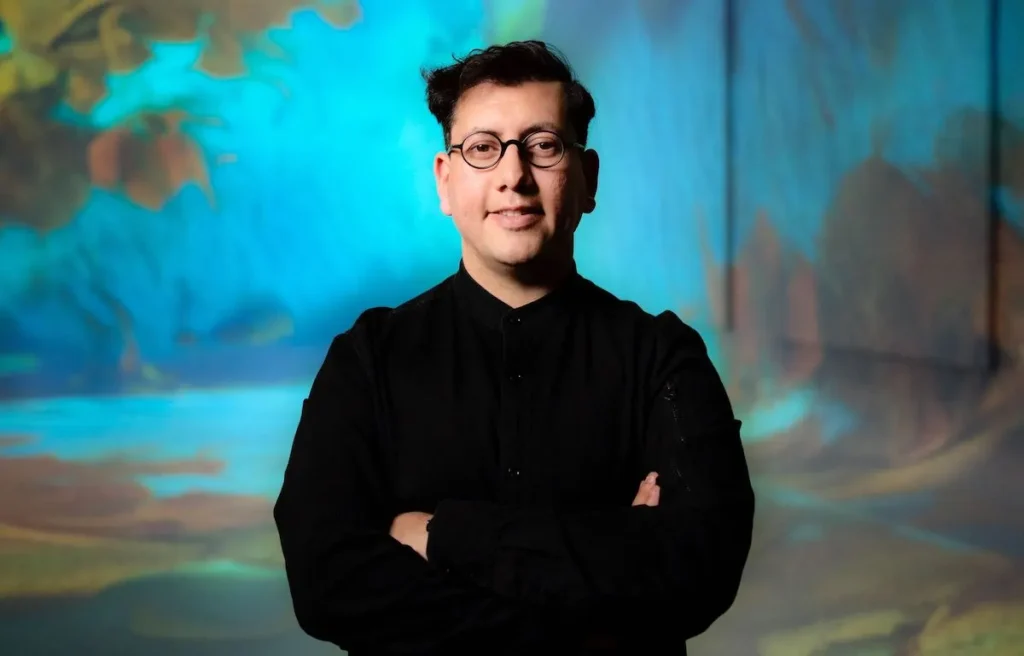
Anadol’s “Living Architecture: Gehry”: A Multi-Sensory, Groundbreaking AI Installation at the Guggenheim Bilbao
Refik Anadol’s Living Architecture: Gehry at the Guggenheim Bilbao is a monumental artistic achievement, blending cutting-edge AI with immersive design. The project, which required 46 projectors and multiple cameras to map the gallery’s curved walls, utilizes a custom rig that was so complex that the museum needed to reinforce the ceiling to support it. The visuals, rendered in a stunning 20K resolution—claimed by Anadol to be the largest resolution ever created with AI—are paired with a custom soundscape by Kerim Karaoglu, derived from recordings of the museum and other Gehry buildings. There’s even a bespoke scent that wafts through the space, though it was finalized only after the exhibition’s opening.
The result is a deeply immersive, multi-sensory experience that combines sight, sound, and smell. It’s not just an exhibition to be viewed, but one to be felt, experienced, and interacted with—highlighting the evolving relationship between art and technology.
Curator Lekha Hileman Waitoller shared her hopes for the exhibit, emphasizing how AI is increasingly shaping modern life and sparking curiosity. “I expect this will draw strong interest,” she said. “We hope it will enrich the experience, turning it from a purely immersive spectacle into an opportunity for learning and reflection.” To further this goal, Anadol worked closely with the museum’s education department to break down how the work was created.
While the scale and use of AI in Living Architecture: Gehry might seem overwhelming, the project has also raised questions about sustainability. The AI models used require vast amounts of data and energy, which is typically linked to substantial carbon footprints due to the cooling needs of the data centers running the models. During the preview, Anadol and Waitoller made efforts to clarify the work’s environmental impact, with Anadol taking steps to address the issue. For example, after training the AI model, he deleted the 35 million images used in the dataset to avoid retaining a massive carbon footprint. Additionally, the first five chapters of the installation are stored locally, with only the final chapter rendered in real-time using renewable energy from Google Cloud’s server farms in the Netherlands.
Anadol was transparent about the energy requirements of his work. The carbon emissions associated with running the installation for one year are equivalent to charging four cell phones over the same period. His commitment to sustainability is seen in his projects, such as Living Encyclopedia, a nature-focused AI project powered by sustainable energy. He hopes these efforts will shift the conversation around AI art and reduce its perceived environmental cost.
Ryan Zurrer, a Swiss venture capitalist and long-time supporter of Anadol’s work, echoed these sentiments. Sitting on a panel with a representative from the program’s technology partner Euskaltel, Zurrer expressed his belief in the transformative potential of Anadol’s art, particularly when it’s developed with a mindful approach to sustainability.
Anadol’s Living Architecture: Gehry is a testament to the exciting potential of AI as an artistic medium, while also showcasing how artists can navigate and mitigate the environmental impact of cutting-edge technologies.
Refik Anadol’s work has sparked both excitement and skepticism, especially around the intersection of AI, art, and corporate influence. While the installation Living Architecture: Gehry in Bilbao is an awe-inspiring fusion of technology and art, it also invites broader conversations about the role of AI in creativity and its potential implications.
As venture capitalist Ryan Zurrer pointed out, there’s often a lot of anxiety around AI, but Anadol’s immersive installations, like Living Architecture, offer a way to reframe that relationship. Zurrer believes that Anadol’s work helps people see AI in a positive light, positioning it as a tool for creativity, beauty, and art rather than a cold, soulless machine. This shift in perception is crucial, especially as AI becomes more integrated into our everyday lives.
Yet, not everyone is entirely convinced. Alice Helliwell, an expert in computational creativity, raises valid concerns about the involvement of corporations and investors in AI art. She emphasizes the need to question the motives of companies funding such projects, especially when they are linked to controversial technologies. Helliwell’s point is about the responsibility of investors and artists in ensuring that these technologies are used in meaningful, ethical ways, rather than just as a means to promote corporate interests or distract from larger societal issues. Still, she acknowledges the potential of AI in creative fields and sees value in projects like Anadol’s that highlight the artistic possibilities of the medium.
Anadol himself remains optimistic about the future of AI in the arts. He views his work as part of a new creative reality, beyond traditional categories of painting, performance, or video art. By combining AI with art, Anadol hopes to create something that resonates on a deeper level than just technological novelty or visual spectacle. He encourages visitors to look beyond the “shiny pixels” and appreciate the underlying meaning and intention of the work.
Whether or not Living Architecture: Gehry will draw the same historic crowds as his earlier works, like Unsupervised at MoMA, remains to be seen. However, judging by the warm reception he received at the preview and his upcoming Dataland AI museum project in Los Angeles, it’s clear that Anadol’s ambitious AI-driven art is striking a chord with audiences. His work challenges us to consider AI not just as a tool, but as a medium for artistic expression and human connection, marking an exciting chapter in the ongoing conversation about technology and creativity.
